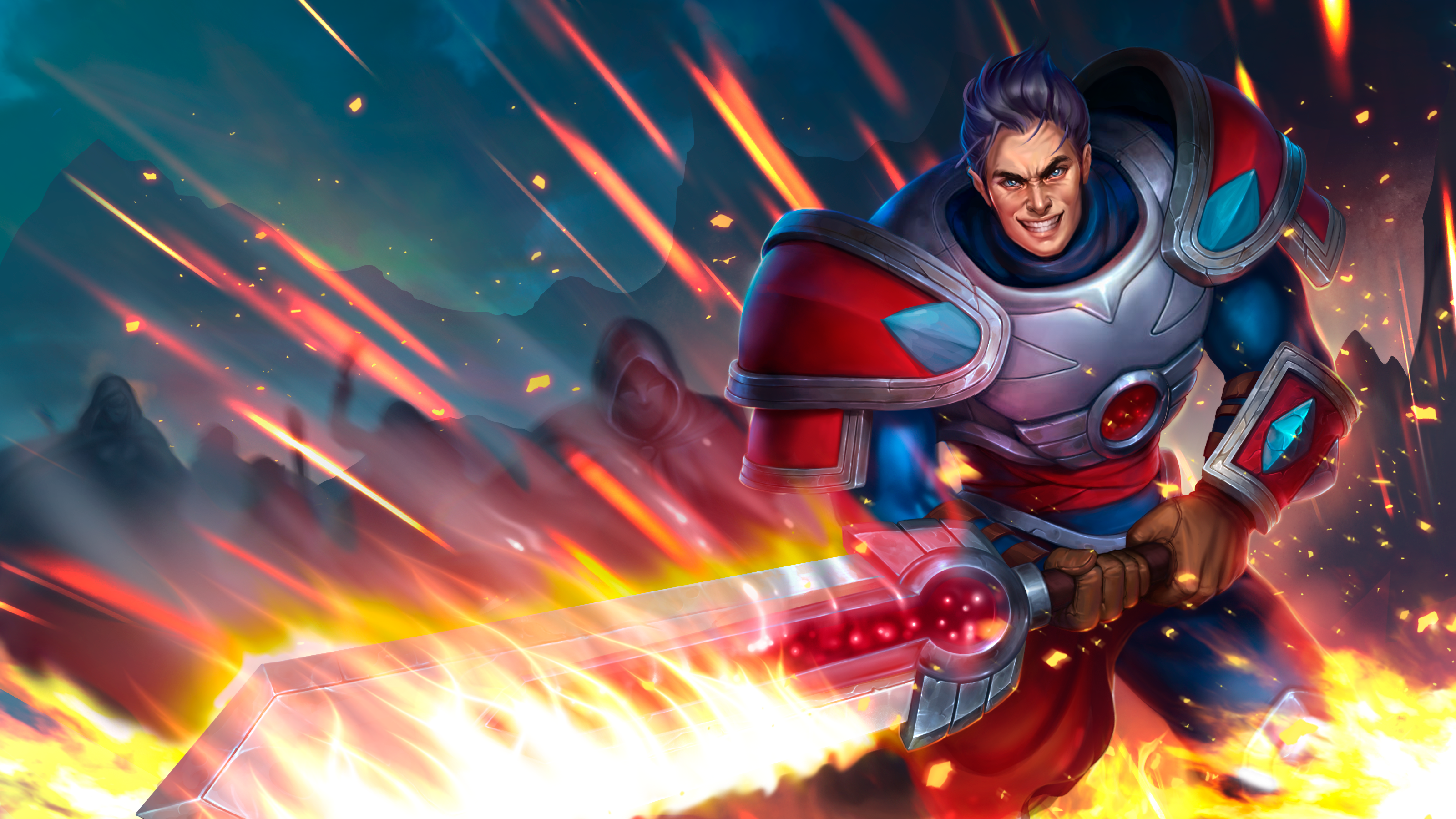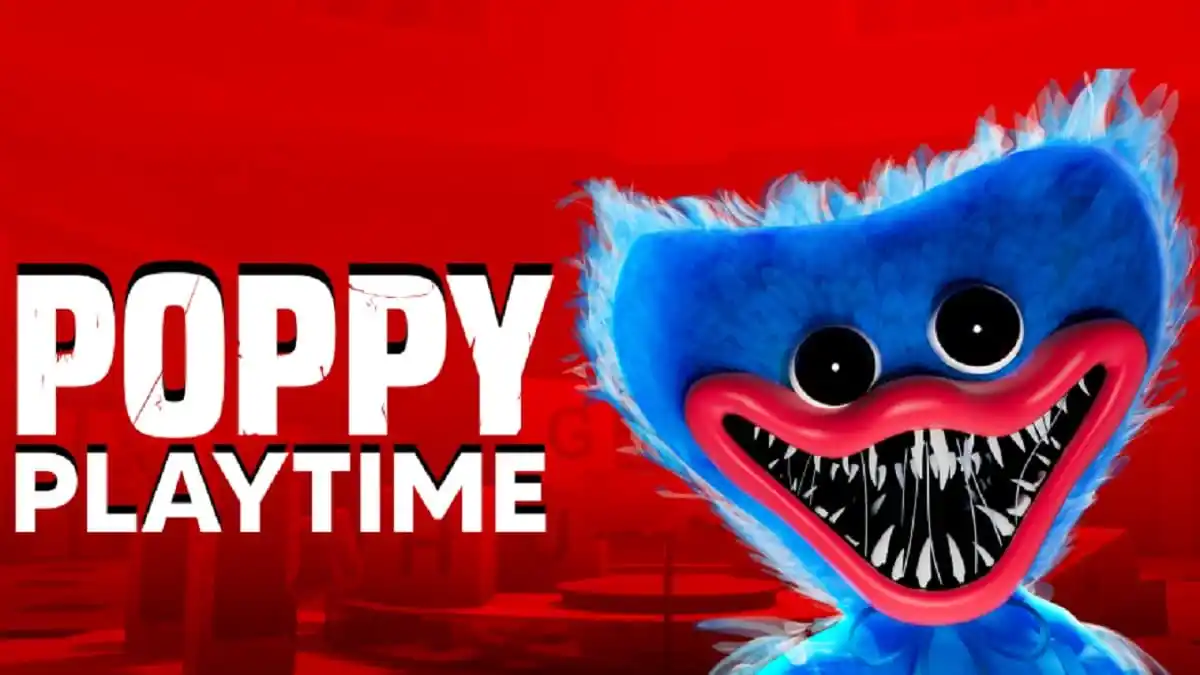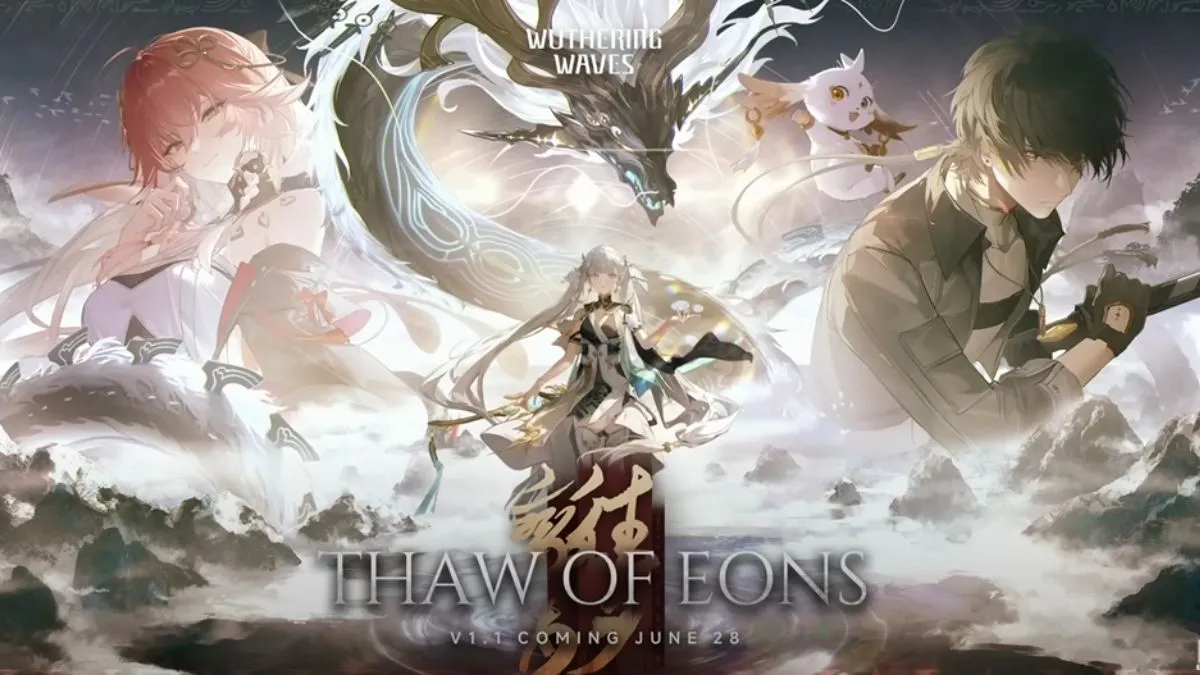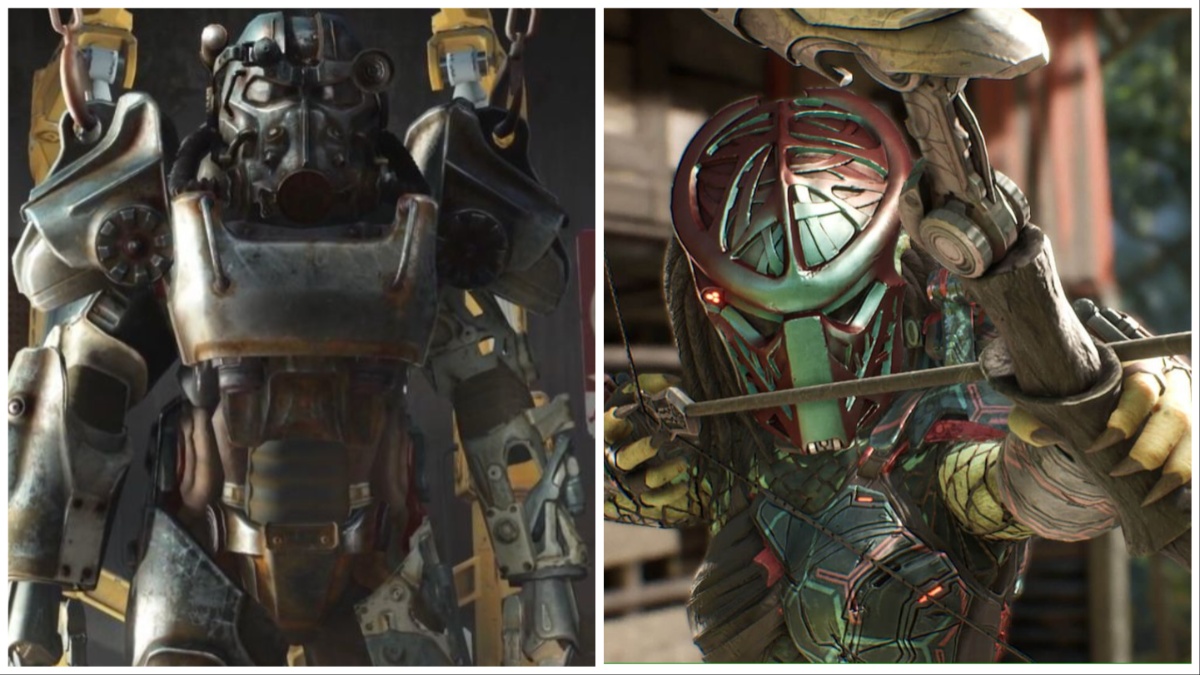In 2018, Deep Silver turned Dead Island 2 over to its internal developer Dambuster Studios (Homefront: The Revolution) to complete it. James Worrall subsequently became DI2’s creative director, which means he’s one of the people who actually managed to finish the game.
Worrall’s earliest credits are as a designer and writer on the Grand Theft Auto series, from GTA3 through San Andreas. He’s also worked in similar roles for games like Aliens vs. Predator, Driver: San Francisco, Forza Horizon, and The Crew.
I had the chance to talk with Worrall via Zoom to discuss the details behind the forthcoming Dead Island 2, involving its fictional “Hell.A,” its use of humor in contrast to horror, and the differences between DI2 and its predecessors.
The following transcript has been edited for clarity and to omit spoilers. I also went hands-on with the game, and it’s not what I expected.
—
Thomas Wilde (GS): Finding out that Dambuster is a British studio makes a lot of the game’s darker humor make more sense to me. One of the first things I saw in Dead Island 2 was the motto on the side of the city buses: “We’ll take you to your final destination.”
James Worrall (JW): There’s a lot of that. We put a lot of effort into the world-building. I don’t think there’s a piece of text or a logo in the game that doesn’t have some deeper meaning, whether it’s just as a pun or something that will come into deeper focus as the story progresses.

James Wornall — Image via Dambuster Studios
GS: As a fan of the original Dead Island, I have to ask: 2013’s Dead Island: Riptide ended on a cliffhanger, where the protagonists’ fates were uncertain. Since [returning character] Sam B is in DI2, is that something that the game will address?
JW: I don’t think I can say how we address it specifically, but I can say that what happened in previous Dead Island games has happened. That’s canon, and what we’re doing now is expanding that canon.
I like to think of the whole backstory of Dead Island as a huge conspiracy theory, anyway. You’re never quite sure what was actually true and what wasn’t, right? Companies within companies within shells within parentheses. Who’s really behind it all? Is anyone really behind it all?
We took that opportunity to build a bit more [finger quotes] “truth” into this story, but there are a lot of clues throughout, whether it’s a throwaway line in a cutscene, a line extracted from a journal, the logos on bits of tech, that hopefully will get people switched on and asking questions online. Sort of feeding the community with a bit of “what-if-ism.” Is that a thing?
GS: It’s a thing now.
JW: Jolly good.
GS: Can you talk about how you designed your post-apocalyptic Los Angeles? Its vibe sort of reminds me of Bret Easton Ellis, especially early on when you’re in Bel-Air. Have you all spent a lot of time in California?
JW: Some of us have spent a bit of time over there. My background is in Grand Theft Auto 3, San Andreas, that kind of stuff. That’s how I cut my teeth in the industry. I’ve got a lot of background with that kind of West Coast vibe.
From early on, we decided that what we wanted to make with this game was a kind of fantasy picture-postcard vision of LA that everyone could relate to. There are some nods to Angelenos who might get the references, but it’s mostly through the “Hollywood lens” approach. Some of that is old Hollywood, and some is that nouveau-riche Hollywood.
The reason we did that was because we wanted to build a place that was contemporary and personal enough to sit in contrast with the “zombpocalypse” and what the zombpocalypse is doing. You have that sort of real-world grasp of what’s going on, but also that little bit of neurotic, self-absorbed culture, which gives us an opportunity for some crazy, interesting characters, and proper character development as well.
GS: Now that you mention the GTA3 thing, I can see it. It’s got that same style of parody where it’s one step up from reality.
JW: Yeah, you want to be able to keep the ability for the player to make an emotional connection with characters.
That’s one of the reasons we use humor in the game to the extent we do. It’s a good balancing act. Heroes use humor to get through adversity and stress. Soldiers and emergency responders do the same thing.
What that means is that when you do have to focus, and you do have to care about a moment or a character, it hits home because it’s real. Suddenly, that humorous facade drops, and you suddenly realize that over the last hour or two, you’ve come to care for this character and didn’t really know that you had.
We’re able to… not exactly sucker-punch you — that’s sort of a cruel phrase — but we can draw you in and, hopefully, make a real connection when it counts.
GS: That was something that jumped out at me while I was playing DI2. The original Dead Island is not a funny game. Most of the jokes in that are accidental or a wink to the player, but the narrative itself is played absolutely straight. This is a very funny follow-up to a game that was conspicuously not meant to be funny at all.
JW: Some of that is because we chose to focus on the FLESH engine, which is at the heart of the game. We put a lot of work into that, so it was over-the-top, theatrical gore. At the same time, if that was set against the backdrop of a very serious story with a serious tone, I think that would become wearing on the player. Everybody needs a bit of relief from the horror and to put the horror into context.
Actually, I think that helps deliver the horror because as long as you’re aware there’s a relief to the horror coming up, you’re more aware of the horror when you’re in it. With these more dramatic moments, when we want to make you care about a character, we can also turn the horror up to 11 as well and put you into some really dark locations and places.
GS: I was curious about how the in-game challenges work. I noticed they seem to carry over between characters?
JW: The challenges are for you, the player. It’s a broad yardstick of how far you’ve got through the game, so it’s more for the completionist. A lot of them tie into the in-game bestiary as well, so you’re slowly unlocking more information, both tactically and in the lore for each zombie type. So we’ve got that sort of character-agnostic progression, and then you’ve got the player-character progression.
GS: I noticed that some of the challenges have, as a reward, a passive stat buff. One of them mentions “Toughness+++,” which I assume means my Toughness stat [damage resistance] went up as a result of completing this challenge. Since the challenges’ progress carries over between characters, does that mean if I start up with a new Slayer, I’ll still have that Toughness bonus?
JW: I think so, but it may be applied at certain levels as you go up, so it might not be applicable from the start.
GS: That’d be an interesting way to shore up characters’ weaknesses on a replay. I started off as Amy, who I like, but she can’t take a punch. That was a real problem playing alone.
JW: Yeah, she’s definitely someone who likes to dance around the edge.
The thing that blows me away about our combat system is that I have certain ways that I play, but as someone working on the game, I’ve been forced to take on other roles. “Oh, all right, I’ll see what it’s like to be more of a tank, or more of an acrobatic combatant.” I tell you, every time, I’ve been amazed.
I started off playing as a stay-out-of-trouble, dash in, strike, curveball sort of character. Generally speaking, I wasn’t that comfortable getting up close and personal. Then I started playing as Ryan and Carla. I realized that I’d been missing a lot of the action because I’d been avoiding it. All of a sudden, I was in a completely different combat feel. I was seeing much more of the gore, and it was much more personal. Because that isn’t the kind of character I normally play, I actually found it more rewarding.
GS: I can see that. I actually had to ditch a weapon because I was too up close and personal, because I had a bat with the acid mod. It’s really effective, but… wow, I could see them melt in real-time.
JW: Personally, there’s nothing more rewarding than seeing a bunch of zombies shuffling toward you and not quite make it because they’ve dissolved into skeletons. When they’ve collapsed before you, you can be like, [snaps fingers], “Ah, timed that perfectly.”
GS: It’s fun when zombies get themselves into trouble without your help.
JW: We call that “schadenfreude combat.” A lot of how we tuned the environmental sandbox is that sometimes, you get the reward of seeing this zombie getting knocked that way, then gets set on fire, then staggers that way and electrocutes itself, or whatever. That kind of rolling feedback is really entertaining.
On the flip side of that, if you set yourself on fire or electrocute yourself, there’s that notion that you can fail in a fun way. I rarely find that when I die, I’m like, [groans in mock irritation]. I’m usually laughing at the way I died.
GS: Speaking of failure, something I wanted to ask about: so the idea is that the outbreak in L.A. started, and the Army started rescuing people, but then a major earthquake complicated the rescue effort?
JW: Well, but also [strokes mock beard] mysteriously very localized. There are bits of lore that you may or may not have bumped into on the way…?
GS: So the elevator pitch is, “Zombie apocalypse evacuation efforts foiled by earthquake, and now you’re stuck in L.A.”
JW: The earthquake isn’t really important for people to understand the game if you see what I mean. It’s a piece of lore that is there and will become important.
GS: As somebody who consumes a lot of zombie media, I thought it was interesting. You do give the U.S. Army some credit for competence in its response to the zombies, but there was another problem that compounded the issue.
JW: I love the notion that we were [clenches fist] this close to containing and understanding it. Like I said, though, there’s more to it than that. The evacuation effort was working, and [ominous voice] it was always supposed to work.
—
Dead Island 2 is due out on April 21, 2023, for PC through Epic Games, PlayStation 4, PS5, Xbox One, and Series X|S. It’s available for pre-order now.







Published: Mar 14, 2023 05:52 pm